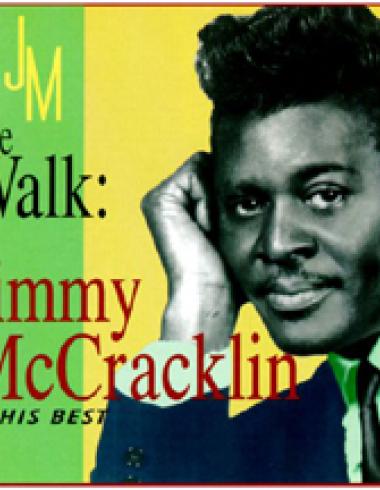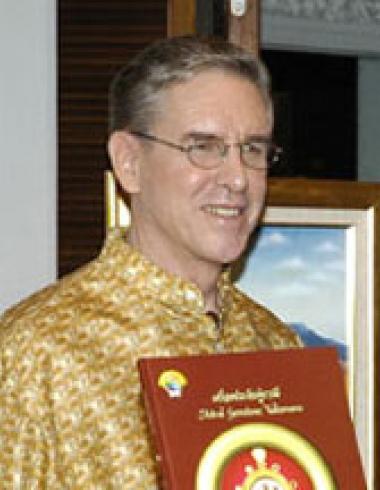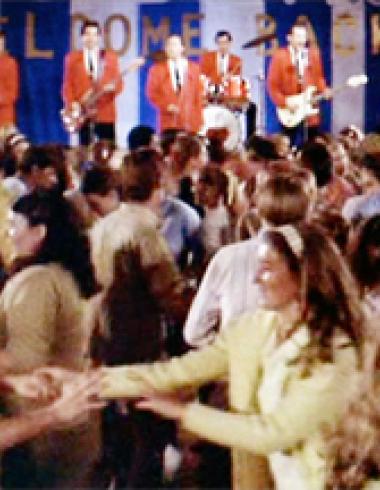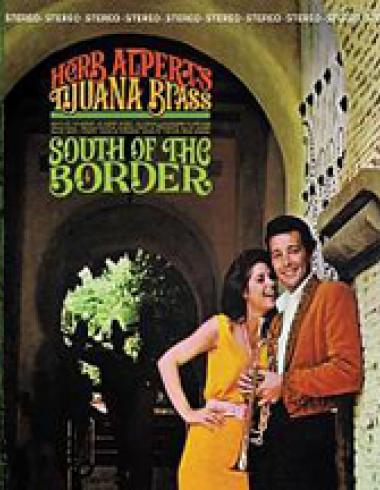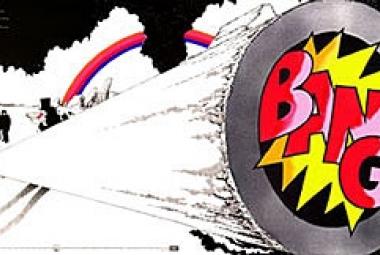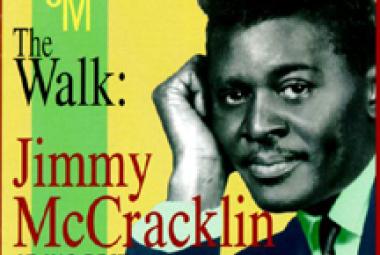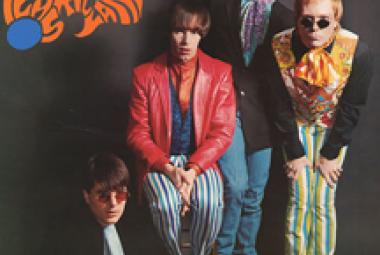“Like a Rolling Stone” is a 1965 song by the American singer-songwriter Bob Dylan. Its confrontational lyrics originated in an extended piece of verse Dylan wrote in June 1965, when he returned exhausted from a grueling tour of England. During a difficult two-day pre-production, a breakthrough was made when it was tried in a rock music format, and rookie session musician Al Kooper improvised the organ riff for which the track is known. It was only when a month later a copy was leaked to a new popular music club and heard by influential DJs that the song was put out as a single and became a worldwide hit. In 2004 and again in 2011, Rolling Stone placed the song at number one on its list of “The 500 Greatest Songs of All Time”. At an auction in 2014, Dylan’s handwritten lyrics to the song fetched $2 million, a world record for a popular music manuscript. (More from Wikipedia)
Prior to beginning work on his next album, Highway 61 Revisited, Wikipedia reports: “In May 1965, Dylan returned from his tour of England feeling tired and dissatisfied with his material. He told journalist Nat Hentoff: ‘I was going to quit singing. I was very drained.’ The singer added, ‘It’s very tiring having other people tell you how much they dig you if you yourself don’t dig you.’
“As a consequence of his dissatisfaction, Dylan wrote 20 pages of verse he later described as a ‘long piece of vomit’. He reduced this to a song with four verses and a chorus – ‘Like a Rolling Stone’. He told Hentoff that writing and recording the song washed away his dissatisfaction, and restored his enthusiasm for creating music. Describing the experience to Robert Hilburn in 2004, nearly 40 years later, Dylan said: ‘It’s like a ghost is writing a song like that. . . . You don’t know what it means except the ghost picked me to write the song.’”
As it turned out, the early recording sessions that produced the classic “Like a Rolling Stone” recording were the only ones for Highway 61 Revisited that producer Tom Wilson worked on; Bob Johnston handled most of those duties, and he also went on to produce what many believe to be Bob Dylan’s magnum opus: Blonde on Blonde.
* * *
Wikipedia describes what happened next: “On June 15, 1965, immediately after the recording session of ‘Like a Rolling Stone’, [Tom] Wilson took the original acoustically instrumented track of Simon and Garfunkel’s 1964 version [of “The Sounds of Silence”], and overdubbed the recording with electric guitar (played by Al Gorgoni and Vinnie Bell), electric bass (Joe Mack), and drums (Buddy Saltzman), and released it as a single without consulting [Paul] Simon or [Art] Garfunkel. The lack of consultation with Simon and Garfunkel on Wilson’s re-mix was because, although still contracted to Columbia Records at the time, the musical duo at that time was no longer a ‘working entity’. Roy Halee was the recording engineer, who in spirit with the success of the Byrds and their success formula in folk rock, introduced an echo chamber effect into the song. Al Gorgoni later would reflect that this echo effect worked well on the finished recording, but would dislike the electric guitar work they technically superimposed on the original acoustic piece.”
(June 2013/2)
* * *
Items: Like a Rolling Stone





